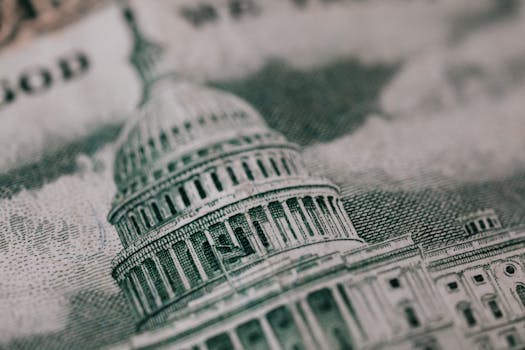Decision upholds Puget Sound ‘No Discharge Zone,’ keeping ship & boat sewage out of water, key step toward restoring one of nation’s most important inland seas
WASHINGTON, D.C.–Late February 14, The U.S. District Court in Washington, D.C., denied a move by the American Waterways Operators and the previous Trump Administration U.S. Environmental Protection Agency to halt the implementation of a No Discharge Zone (NDZ) for Puget Sound in Washington state. The NDZ, first proposed in 2012, prohibits ships and boats from discharging raw or partially treated sewage across the 2,300 square miles of marine waters as well as contiguous waters around Lake Washington and Lake Union. Trump’s EPA tried to take back its signoff of the NDZ to reconsider compliance costs to industry, and as the court put it, “take a second bite at the apple.”
Through this case, Trump-era EPA officials had attempted to undermine the protections of the Clean Water Act by reopening Washington State’s cost-benefit analysis of the NDZ. That analysis took years of work with public stakeholders, including environmental organizations and American Waterways Operators. Tens of thousands of people submitted public comments at the state level and the federal level to support this vital protection for clean water.
“The judge’s ruling upholding the Puget Sound No Discharge Zone is great news for clean water everywhere,” said Mindy Roberts Puget Sound Program Director with Washington Environmental Council and Washington Conservation Voters. “Trump’s EPA used every tool to try to undermine foundational environmental laws from the inside. This final decision closes the door to an industry-led effort with a direct line to decision makers. That’s not only good for protecting Puget Sound’s waters but for all waters protected by the Clean Water Act.”
Sewage contains bacteria and other pathogens that threaten shellfish beds, animal life, and public health, especially in communities that subsist on local fish. Within No Discharge Zone boundaries, boaters are required to hold sewage on board their vessels for disposal at pump-out facilities or outside the zone’s boundaries. Lobbyists for the tugboat industry attempted to undermine the state-designated rule by appealing to Trump’s EPA. Puget Sound now joins more than 90 other Zones around the country, including in the Great Lakes and the entire California coast. It is the first in Washington state.
“We all have a crucial role to play in protecting the Puget Sound we love for future generations. This place is a treasure, not a toilet.” said Katelyn Kinn, Senior Attorney for Puget Soundkeeper. “The No Discharge Zone is a common sense solution, and we are thankful to see it preserved.”
“Hundreds of thousands of people rely on a healthy, thriving Puget Sound for their livelihood, recreation, and as an essential food source. Washington’s waters are far too precious and important to allow ships to dump their sewage,” said Marcie Keever, oceans and vessels program director at Friends of the Earth. “This ruling cements the effort to keep clean water protections for Puget Sound in place for our communities and for future generations.”
“Puget Sound is one of the nation’s environmental and economic crown jewels. The Court made the right decision rejecting a Trump administration attempt to undermine a key Clean Water Act provision that protects our people and ecosystem,” added Paulo Palugod, attorney for Earthjustice in Seattle, WA. “The Court acknowledged the importance of our stewardship when we ‘took up the mantle’ to defend the Puget Sound when the Trump-EPA would not.”
See Washington State Department of Ecology Director Laura Watson’s tweet here and news post.
###
Additional details about No Discharge Zone:
The vast majority of commercial and recreational boats already comply with this rule. Over 100 pumpout stations serve the region, and provide low- or no-cost convenient service. Free adapters are offered for recreational vessels to connect with pumpouts around the region.
The Washington State Department of Ecology released a draft petition for the No Discharge Zone in 2014 after two years of stakeholder engagement with industry groups, environmental organizations, government agencies, and the public, drawing over 25,000 comments in support. Another two years of extensive stakeholder engagement led to the final petition to the US Environmental Protection Agency in July 2016. In February 2017, EPA confirmed that sewage pumpout facilities are adequate and available to serve commercial and recreational vessels, after receiving over 40,000 comments in support. Some commercial vessels have five years to comply so that they can upgrade their sewage systems.
Media Contacts:
Zachary DeWolf, Communications Director WEC (206) 771-4207; zachary@waconservationaction.org
Mindy Roberts, Puget Sound Program Director WEC (206) 485-0103; mindy@waconservationaction.org
Katelyn Kinn, Puget Soundkeeper (920) 782-0114; katelyn@pugetsoundkeeper.org
Marcie Keever, Friends of the Earth (415) 999-3992; mkeever@foe.org
Paulo Palugod, Earthjustice 206.343.7340; ppalugod@earthjustice.org


